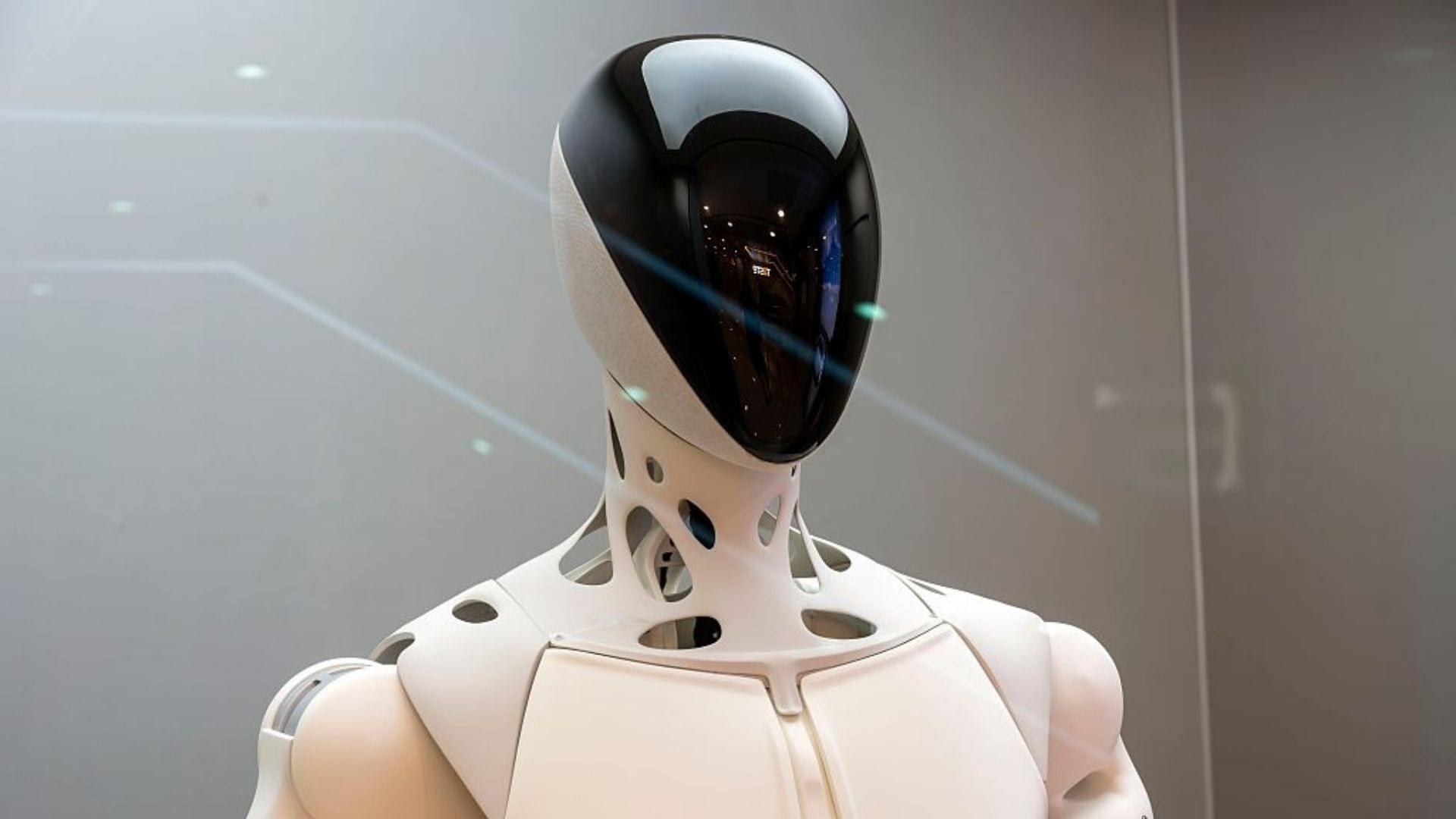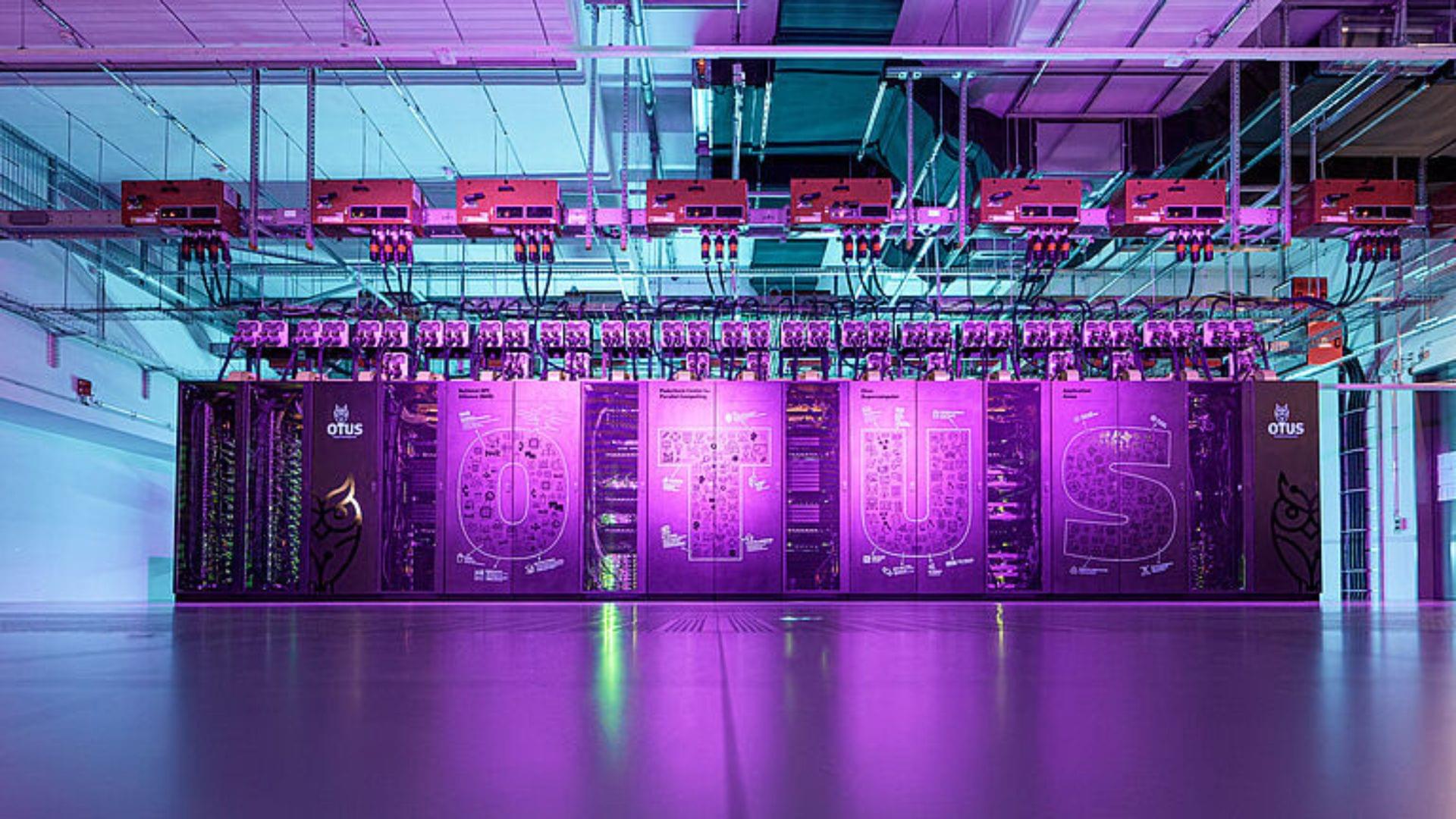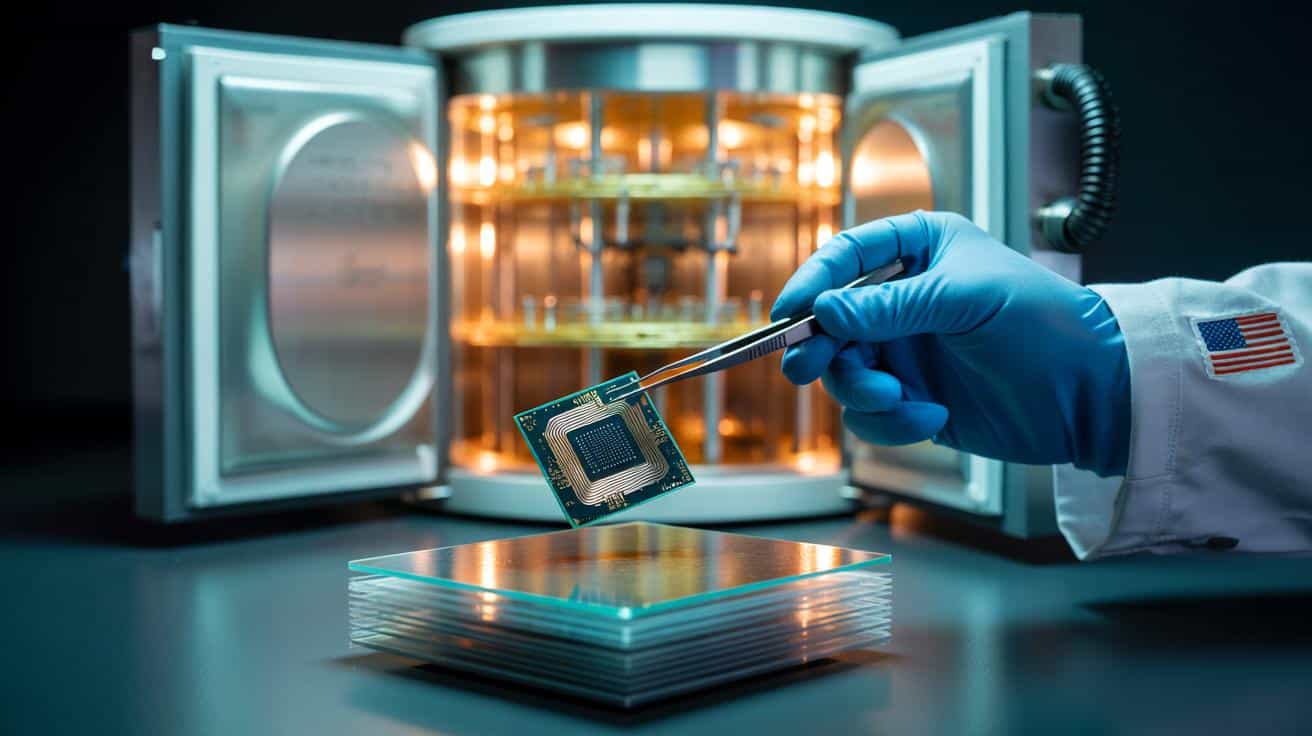A newly discovered, remarkably well-preserved impact crater is shedding fresh light on how extraterrestrial bodies collide with Earth.
In the journal Matter and Radiation at Extremes, researchers from Shanghai and Guangzhou, China, report the discovery of the Jinlin crater: an impact structure nestled on a hillside and preserved within a thick granite weathering crust.
Located in Zhaoqing, Guangdong Province, China, it is one of only about 200 identified craters worldwide and is very young in geological years. Based on measurements of nearby soil erosion, it likely formed during the early-to-mid Holocene—our current geological epoch, which began at the end of the last ice age about 11,700 years ago.









